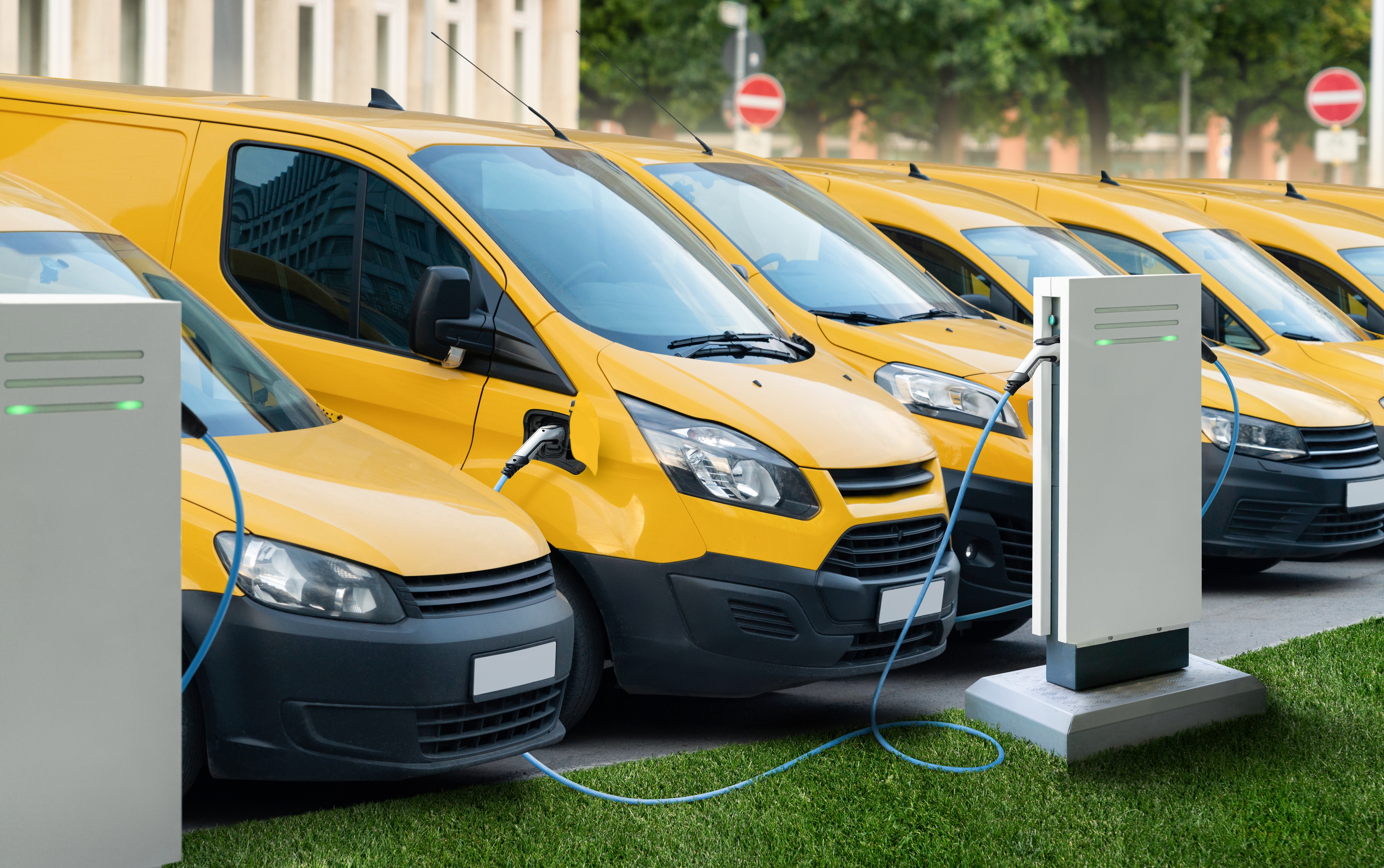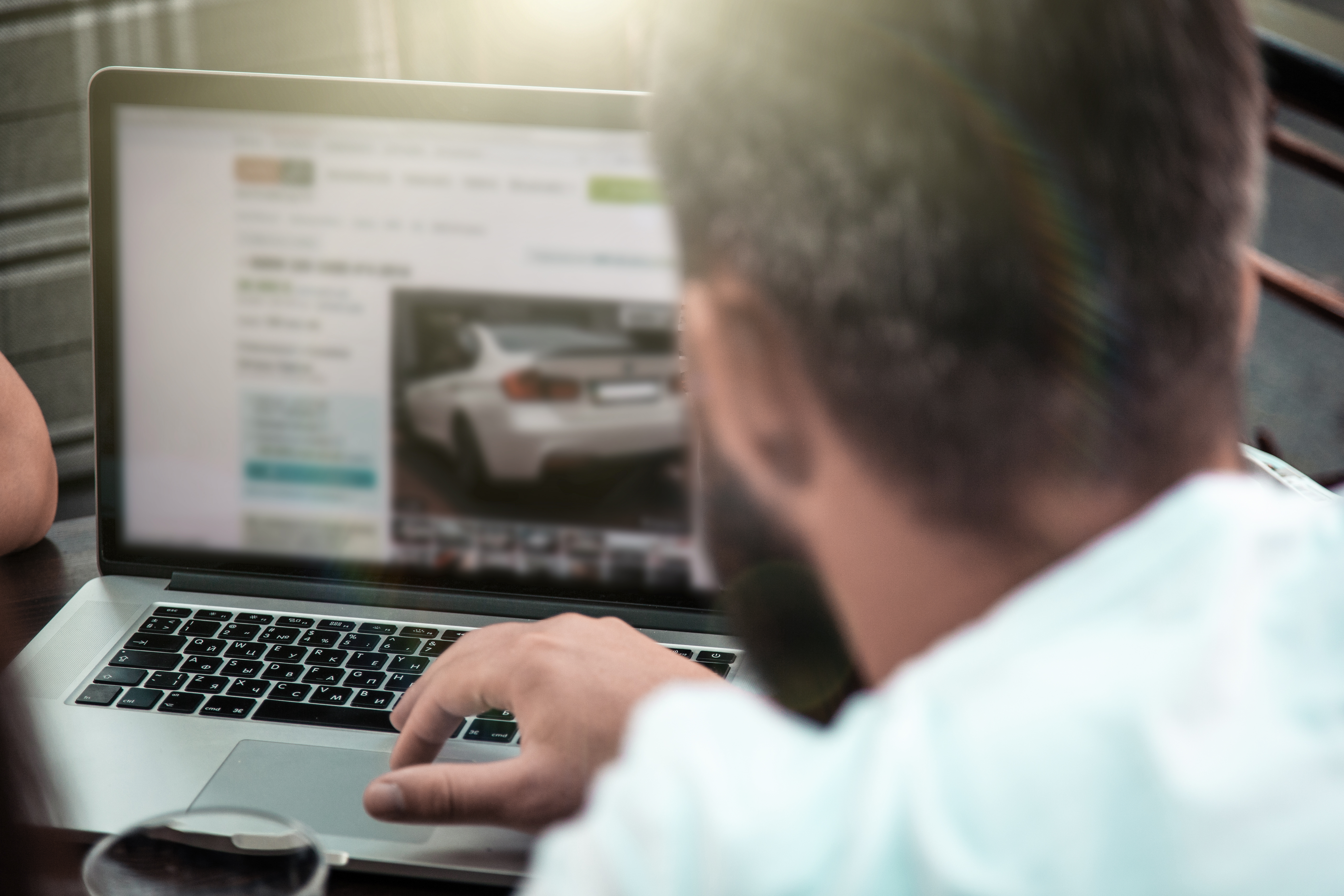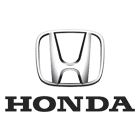
6 Tips For Leasing A Business Car
Fleet vehicles for a business can carry a huge cost, in terms of funding them, servicing them and providing the resources to manage them. And that is before you consider the direct costs of fuel, compliance, insurance and accidents. A significant factor in all types of vehicle ownership is depreciation, but if you opt for car leasing over car ownership, then depreciation isn’t a factor.
Business car leasing means you don’t have a depreciating asset on your books and you have no disposal costs, you simply agree a lease term, enjoy the use of the vehicle and return it to the car leasing company at the end of the lease. This means you can treat the leasing cost as a business expense, which improves your cash flow and enables you to direct key funds to more important areas of the business. It also allows you to spread the cost of the vehicle across the lease period and manage your costs a lot easier.
So if you are considering business car leasing, here are six tips to help you manage the process effectively:
1. Go electric
Quite apart from the obvious environmental impact, and its contribution to any sustainability targets your organisation may have, leasing low CO2-emission vehicles means you will pay a lower Benefit-In-Kind tax rate. This means that when you calculate the true cost of leasing a business car compared to buying one, leasing is far cheaper.
2. Manage how the vehicle is used
If you lease a business car and ensure it is only used for business purposes, you may be able to claim back 100% of the VAT on the monthly lease payments, which is a considerable benefit. This can be achieved by implementing robust internal policies. If the vehicle is used for both business and private purposes, you may still be able to claim back 50% of the VAT. You should check the current Government guidance for VAT on company cars at all times.
3. Manage driver behaviour
First and foremost, a company vehicle is a visible representation of your business, particularly if it is adorned with company logos and branding. In many cases it will be a customer’s only physical contact with your business, so you need to train employees in appropriate driver behaviour and etiquette. But this also involves general wear and tear on the vehicle during the lease period. This is normally covered in the lease agreement, and standard levels of wear and tear when the car is returned are acceptable, but anything deemed excessive can carry extra charges at the end of the lease. In addition to this, poor driver behaviour can lead to excessive fuel costs, speeding fines and high insurance costs as a result of accidents.
4. Consider new and used business lease cars
There is an obvious attraction to leasing new cars; they will be in warranty, exempt from MOTs for three years, need very little service and maintenance and should benefit from the very latest developments in fuel, battery, safety, performance and in-car technology. This gives your fleet great advantages on the road, but you should also consider used cars for business leases. Not all lease companies provide them, but a used car business lease is simply covering the use of an ex-lease car, so in most cases the vehicle will only have had one previous driver, and therefore could only be three or four years old. A used car lease will be cheaper, and might be more suitable for a vehicle that is not used as regularly or only does short mileages.
5. Choose a suitable vehicle
It is essential that you match the needs of your business to your fleet vehicles. For example, if someone works mainly from home and only needs a vehicle for occasional journeys, they don’t need an expensive executive saloon sat on the driveway 75% of the time. Equally, a salesperson doing extensive mileage on a daily basis doesn’t want a supermini or city car with poor fuel efficiency. Someone who has to carry materials and equipment to jobs needs a vehicle with safe and sufficient storage, while someone who transports a team of engineers as well as equipment may need a van or a people carrier. Matching the right vehicle to the right need will save you lease costs, fuel costs and may also avoid accidents and excessive wear and tear.
6. Service and maintenance
Most leasing deals include service and maintenance packages, so that all your vehicle costs are dealt with in one monthly payment. However, this can be optional. Make sure you know what is included in the terms and conditions of the service and maintenance package, it may be easier to arrange your own, particularly as a brand new vehicle is unlikely to need much service and maintenance anyway, so you could be paying for something unnecessarily. You should also consider whether you have the resources and capabilities internally to manage service and maintenance. This can be difficult to manage in terms of scheduling, even if you have a dedicated fleet manager, while some businesses opt to outsource their fleet management.
If you are interested in the latest business leasing deals or require further information on the benefits of business car leasing, then contact Pink Car Leasing today; the business leasing experts.
Never miss a deal again
Sign up to our mailing list to receive the latest deals straight to your inbox!
Categories
More Articles

The Right Car, Right Now
The car we want and the car we need can change with our circumstances. Leasing gives you that flexibility.

Leasing An Electric Van: What UK Businesses Need To Know
Unsure about electric vans for your business? We tell you everything you need to know including the benefits and how to...

EV Leasing For First-Time Electric Drivers: What To Expect
As technology continues to develop and the demand for evs booms, we look at the benefits and considerations of leasing a...




























